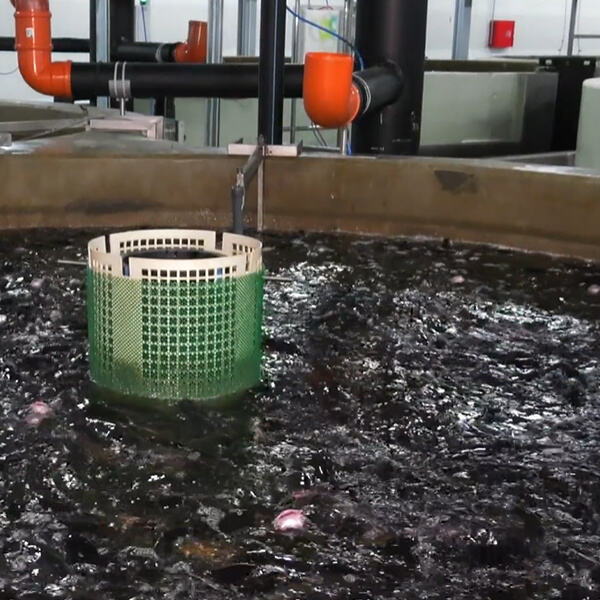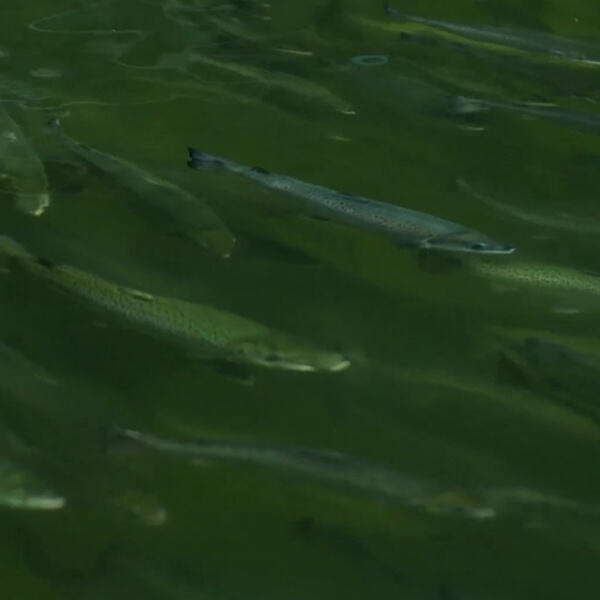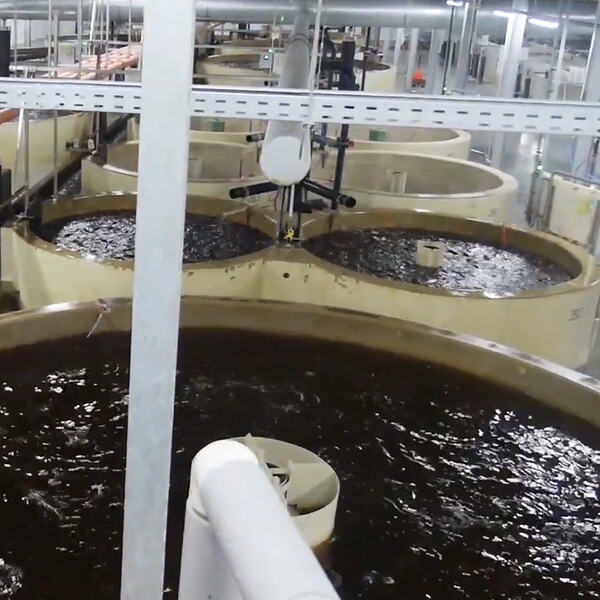Trout fishes are very interesting creatures that inhabit in rivers and streams. But how do they get from their home to our plate? Now, let’s look at how trout fish are farmed, before we eat them.
Trout fish farming is the process of keeping the fish in large tanks or ponds to raise rather than catching them in the wild. Farmers look after the fish, feeding them special food (usually based on plant materials) and providing them with clean water in which to swim. And it requires a lot of hard work to have healthy trout fish that won’t kill us if we eat them.
When you go to the trout fish farm, you will see large tanks or bodies of water that have fish of various sizes in them. The fish swim, eating their food, growing larger each day. And the farmers toil to give the fish everything they need to be healthy and strong.

At a trout fish farm" is a lot goes on to look after fish. Farmers monitor the water frequently to ensure it is clean and fish-friendly. And they observe the fish, keeping a close eye on whether they are growing, not sick.

Farmers who grow trout use unique methods to raise their fish. They feed them fish pellets to fatten them up and keep them healthy. Farmers also monitor the temperature of the water to ensure that it is just right for the fish. They strive every day to keep the fish happy and healthy.

Trout farms also bring us fresh, healthy fish to eat. By farming fish, farmers can protect wild fish and make sure there are fish to go around. Trout fish farms also provide jobs to the community, and benefit local people and economies.

